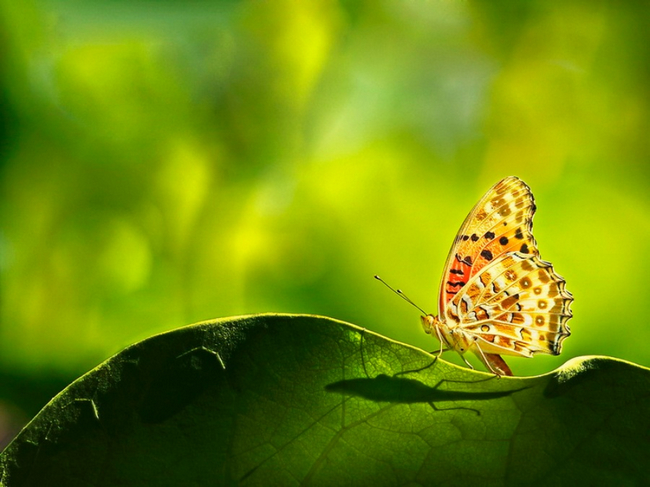Table of Contents
1. How to Take Clear and Sharp Photos at the Telephoto End?
For photography beginners, the first thing to learn photography is to shoot clear and sharp films, followed by accurate exposure, and finally other aspects such as composition and style. So how can you take clear and sharp photos?
1) Hold your camera steady.
Of course, it is best to use a tripod. You can use squatting and kneeling positions, with the elbows close to the body, and it is better to use the things around you as a support. Reason: The field of view at the telephoto end is very narrow, and a slight shake will bring about a large displacement. It’s the same thing as a telescope, and anyone who’s played with it knows it, or it’s the same thing as a lever. Practice controlling your breathing and shutter release fingers and arms to minimize shaking. This process takes about several months of practice.
2) Try to shorten the distance from the lens to the object.
Get closer, get closer. Just outside the closest focusing distance is fine. The closer it is, the clearer it is, simple. Don’t be afraid to waste your extraordinary focal length.
3) Good lighting conditions
Try to shoot in good light conditions, you can increase the shutter speed and reduce the displacement. At the 200-300mm end, the shutter is clear at more than 1/250th of a second.
4) Proper aperture
The aperture is not the bigger the better. Unless you’re going for a very blurred background, it’s sharper to stop down a bit. The vast majority of lenses are not very good at the widest aperture, and will be fine after 2-3 stops down. If you don’t consider the background blur, you can zoom out a little more, increase the depth of field, and make it clearer.
Take a few more pictures. There are several pictures horizontally and vertically, on the one hand, the composition needs, on the other hand, there is always a clear picture. The continuous shooting function can be used when necessary.
Using the depth-of-field preview function is still useful.
Manual focus is possible. At least what you want to shoot will be clearer. Provided that your viewfinder is bright enough and you don’t wear glasses.
2. To Ensure Sharpness:
1) The focus is accurate,
2) The camera is stable (safety shutter, tripod, mirror pre-lift, remote control or timed shooting),
3) The best aperture of the lens (usually f/8) and the best focal length. The optimal aperture also takes into account the depth of field. The optimal imaging focal length of each lens is also different, and telephoto lenses are generally sharper than wide-angle lenses.
4) Sufficient sharpening settings for JPEG.
5) In addition, proper lighting and exposure can enhance contrast and make sharpness easier to express. IS slightly affects sharpness. High ISO also affects sharpness.
3. Other Points:
1) F16 is not used. Generally F16 is not the best aperture, F8 or F11 will do. The shutter machine is customized.
2) With spot measurement, whether the exposure compensation is + or – depends on the scene you spot. Measure the sky or the trees, then lock the exposure value and adjust the exposure compensation.
3) If you need to look sharper when shooting landscapes, use a tripod, cable release, mirror pre-rise, and aperture above F16.
4) Try with a small aperture, the effect of taking the depth of field should be better than it is now.
